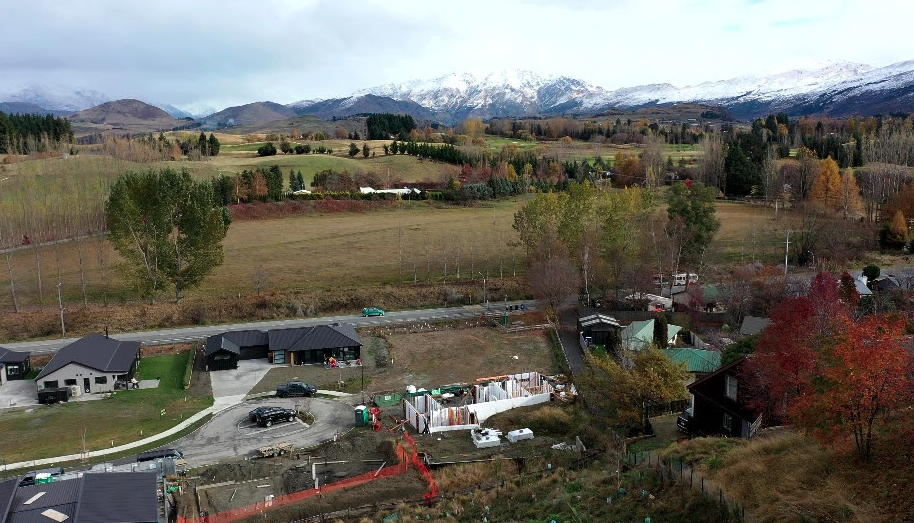
Posted June 17, 2021
Build a warmer home from the ground up with MAXRaft®
Insulation is one of the most important aspects of home construction in terms of energy efficiency and comfort. However, it is also a major point of potential failure when it comes to heat loss and insulation quality. Without proper insulation, your home is going to lose heat, while you fork out for expensive utility bills to compensate for this heat loss.
Winter condensation is the most common moisture-related issue that affects houses. In its mildest form, it appears as surface condensation on windows. In severe cases it causes decay that might affect the structure itself. In the middle, it can manifest itself as mould on walls, peeling paint, and mould on shower curtains or bathroom ceilings.
Sources of moisture
Moisture can be unintentionally contributed by everyday activities, including: washing clothes, drying clothes in an unvented space, cooking without extraction, showering without extraction, washing dishes, and house plants. It is also added from moisture in the soil beneath our houses and migrates up through the bearers, joist, and flooring boards. Exposed earth underneath your home’s floors can produce as much as 30 litres of water per day when/if the ground is wet.
Even wood and exposed rock can release substantial moisture. Wood absorbs increasing amounts of moisture from the air as the relative humidity increases – this can manifest as sticking doors. Wood can absorb an additional 4 to 5 percent of its weight in moisture with the right conditions. The floor assembly and framing of a house will also contribute additional water during the cooler months.
Avoid the cold and damp by optimising your thermal envelope
Most heat in an uninsulated home is lost at the corners, including the corners of the concrete slab foundation. To minimise heat loss, one of the best things you can do is choose an insulated concrete slab foundation. This decision needs to be made at the design stage of your building project because you can’t replace your foundation!
BRANZ previously recommended 45mm timber as a thermal break for edge insulation. Aside from being tricky to construct, timber as a thermal break is now deemed seismically risky. (Not to mention potential moisture absorption.) BRANZ now recommends using 10mm of extruded polystyrene (XPS).
MAXRaft® is a fully insulated concrete slab foundation which includes polystyrene underneath and around the perimeter of your slab to act as insulation from the ground-up.
MAXRaft® slabs prevent the 15% of heat loss in a home’s foundation and are approximately only 10% more expensive than a traditional waffle slab. With its patented edge profile, MAXRaft® slabs also prevent 80% of heat lost through the edge of the foundation. Being fully insulated, they are a great match when used in conjunction with underfloor heating. Offering the ultimate thermal performance, MAXRaft® keeps you warmer in winter and cooler in summer. The result is a more comfortable living environment year-round.
Build a warmer home from the ground up with MAXRaft®
While many things contribute to your home’s insulation and overall heat retention, MAXRaft® is NZ’s premier concrete slab foundation and is crafted in a way that creates an insulated envelope around your entire home’s foundation.
When you build with MAXRaft®, drafts and condensation will have minimal impact on your new home, so you can relax knowing your family is protected from the elements year-round. To seal your thermal envelope and save on utilities with MAXRaft®, email us at quotes@maxraft.co.nz or call 0800 629 7238 today.